Perennials/annuals class
tillable2000
19 years ago
Related Stories
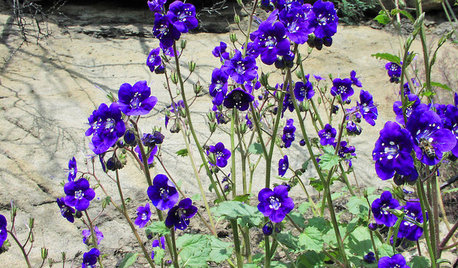
GARDENING GUIDESGreat Design Plant: Annual Phacelias
Coveted by California beekeepers and wildlife gardeners, phacelias are worth planting now for their prolific blue to purple spring blooms
Full Story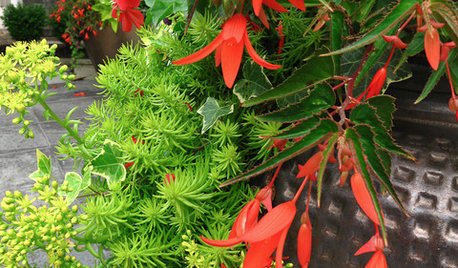
GARDENING GUIDESSuperstar Annuals for Containers and Baskets
High performing, low maintenance and all-around gorgeous, these container plants go the distance while you sit back and relax
Full Story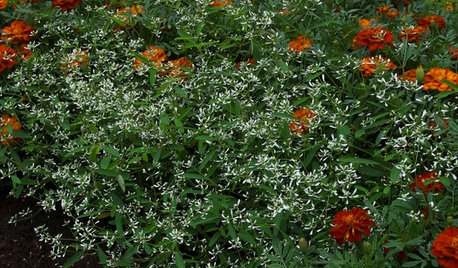
GARDENING GUIDES7 Enticing, Little-Known Annuals of the Plant World
Give these underutilized garden wonders a chance by discovering their draws
Full Story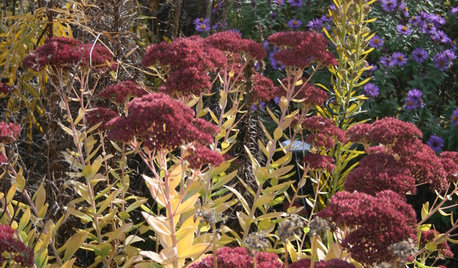
GARDENING GUIDES8 Perennials for Great Fall Color
Trees haven't cornered the market on autumn splendor. Add these flowering perennials for a foliage sight to behold
Full Story
PLANTING IDEASWant a More Colorful, Natural Garden? Try a Perennial Meadow
Spend less time tending and more time taking in the sights by improving on Victorian and prairie garden designs
Full Story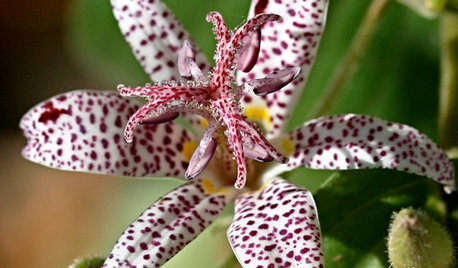
SUMMER GARDENING10 Perennials to Extend Your Garden's Summer Color
Revive summer-weary gardens with outstanding late bloomers such as toad lily, Russian sage, blanket flower and more
Full Story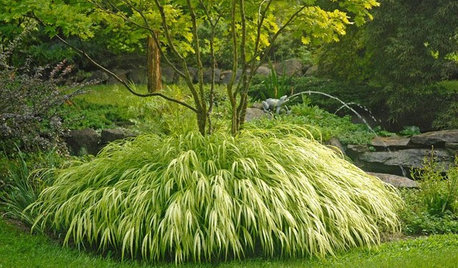
PRODUCT PICKSGuest Picks: 20 Gorgeous Perennials to Plant Now
Take advantage of warm spring weather to create a colorful garden with blooming plants, succulents and ornamental grasses
Full Story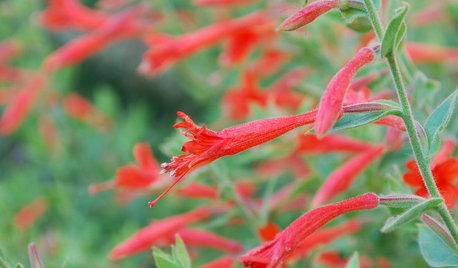
SUMMER GARDENING6 Water-Wise Perennials for Blazing High-Altitude Summers
Scorching weather and high elevations don't have to mean scraggly plantings. These blooms are as gorgeous as they are tough
Full Story
GARDENING GUIDESTop 12 Summer-Blooming Perennials for Deer-Resistant Drama
Can you have garden color, fragrance and exciting foliage with hungry deer afoot? These beauties say yes
Full Story
GARDENING GUIDESBright Plants for Flower Beds That Wow
From new annual and perennial varieties to grasses, get dramatic with swaths of color
Full StorySponsored
More Discussions






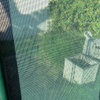
terri_ks
eddie_ga_7a
Related Professionals
Danbury Landscape Architects & Landscape Designers · Hershey Landscape Architects & Landscape Designers · Montgomeryville Landscape Architects & Landscape Designers · Mountain Brook Landscape Architects & Landscape Designers · Bloomington Landscape Contractors · Mason Landscape Contractors · North Potomac Landscape Contractors · Fort Pierce General Contractors · Hercules General Contractors · Lakeside General Contractors · Valley Station General Contractors · Laurel Siding & Exteriors · Cedar Park Siding & Exteriors · Honolulu Siding & Exteriors · North Hollywood Siding & Exteriorsbillie_ann
ginger_nh
gardener_sandy
eddie_ga_7a
sleeplessinftwayne
Chris_MI
Chris_MI
calistoga_al ca 15 usda 9
ironbelly1
tillable2000Original Author